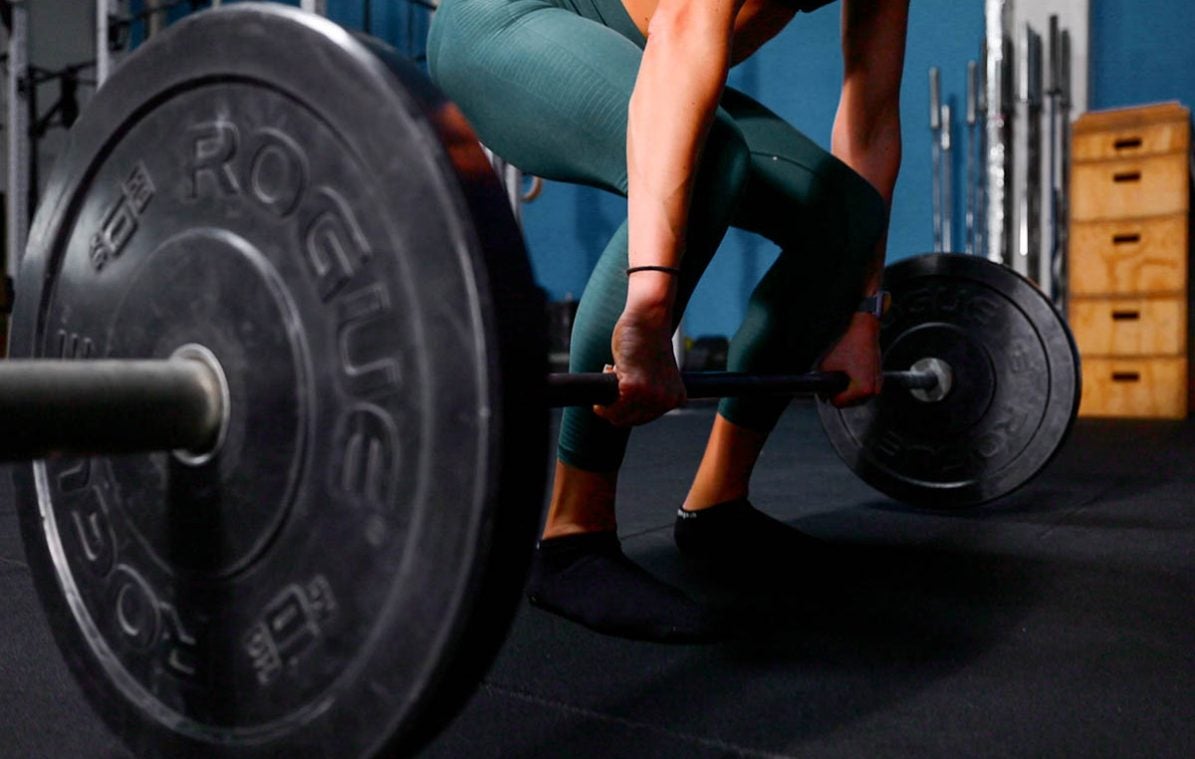The 4 Best Sports for Strong Bones
 foodspring
foodspring
People who exercise regularly are usually focused on improving and building something, whether that be muscle, endurance or even good habits. None of this will work without strong bones, however. If you think you’ve got another 20-30 years before you should worry about this, read on: strong and healthy bones can’t be taken for granted. With the right exercises though, you can help to prevent osteoporosis.
Did you know that bones, just like the rest of your body, are living tissue? The anatomy and physiology of bones is well researched. Along with muscles, tendons and ligaments, they keep you moving and protect your organs. They also have an active metabolism and produce blood cells in the bone marrow.
Bones also store the most calcium, making them particularly hard and resistant, but still not unchangeable. They are constantly being remodeled, which means they adapt to different stresses and demands and this is what makes it possible for them to heal after fracturing. These remodeling processes are controlled by different hormones. Bone density reaches its peak at the age of about 30-35 years and then decreases by roughly one percent per year. This is quite normal and natural. If bones break down quicker than this however, this is called osteoporosis (bone loss), and this greatly increases the risk of fracture. Menopausal women are particularly affected due to their low estrogen levels, as this hormone is responsible for protecting the bones. Having said this, osteoporosis can also occur in younger women and men. So, what can you do to strengthen your bones?
Strength Training
If you want to build muscle and strength or reduce fat, strength training is a must. But it’s not just your muscles that get stronger: your bones do too. One study researched training with free weights, machines, medicine balls and bands, and training in at least two sets with 8-12 repetitions. Researchers discovered that this had a positive effect on musculoskeletal health and bone strength, providing another strong argument for using heavy weights in the gym.
Hiking
Even hiking and brisk walking can have a positive effect on bone density. A recent study looked at the effects of walking on 222 pre-menopausal women. This study was particularly interesting given that women are more prone to osteoporosis. A minimum of three walks a week for at least 30 minutes is recommended for preventive effects.
Jogging
People who regularly lace up their jogging shoes are also helping prevent the decline in bone density thanks to running. The longer you run, the better, suggests a study published on Platforma Sinc. We’ll explain how to increase your runs without overexerting yourself here.
Intensive cycling, on the other hand, can have a negative effect on bone density. So if cycling is your main hobby, it’s even more important for you to regularly engage in a sport that strengthens your bones.
Tennis
According to a study published in the journal Sports Health, if you’ve never played tennis, you should definitely give it a try. Researchers engaged 90 participants to investigate whether tennis positively impacts bone health when compared to other sports such as jogging or cycling. The results were positive. As an added bonus, tennis is fun, you train with others, and it’s a great workout – time to pay a visit to your local tennis club then!
Other Ways to Improve Bone Strength
Exercise goes a long way towards improving bone strength, but there’s other factors that have an impact too.
Healthy Eating
Drinking a glass of milk every day is probably every mom’s favorite tip when it comes to strong bones. There’s good reason for this though – it’s true that your bones depend on an adequate calcium intake. Calcium can be widely found in dairy products, among other things. The German Nutrition Society (DGE) recommends 1,000mg of calcium per day for healthy adults. Milk and yogurt, for example, contain 120mg per 100g. If you’re vegan or lactose intolerant, vegetables such as broccoli and kale can be good sources of calcium.
Vitamin D helps calcium to be absorbed into the blood via the gastrointestinal tract and to be incorporated into bone. Increasing calcium intake above normal requirements however, does not offer significant benefits according to a meta-analysis.
Stop Smoking
Although the exact link is still unclear, it is widely known that smoking can not only increase the risk of osteoporosis, but double it. That’s yet another argument to finally quit smoking and swap to a few healthy habits.
Pay Attention to Your Weight
When you’re severely overweight or underweight, it’s no longer a question of whether your favorite jeans still fit or not. Among other things, being underweight carries a risk of not absorbing enough of the nutrients your bones need. Being overweight, on the other hand, doesn’t guarantee adequate nutrient intake. Instead, depending on your diet, it can lead to premature wear and tear on your joints.
Sources for this article
We at foodspring use only high-quality sources, including peer-reviewed studies, to support the facts within our articles. Read our editorial policy to learn more about how we fact-check and keep our content accurate, reliable, and trustworthy.

































